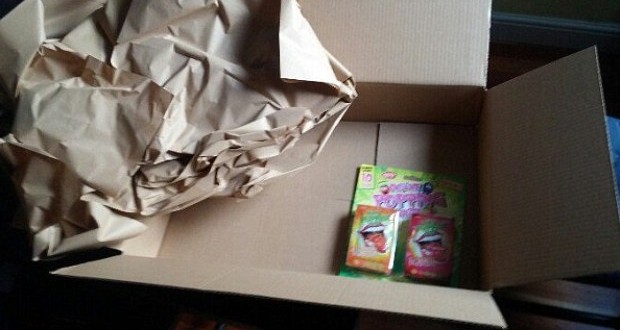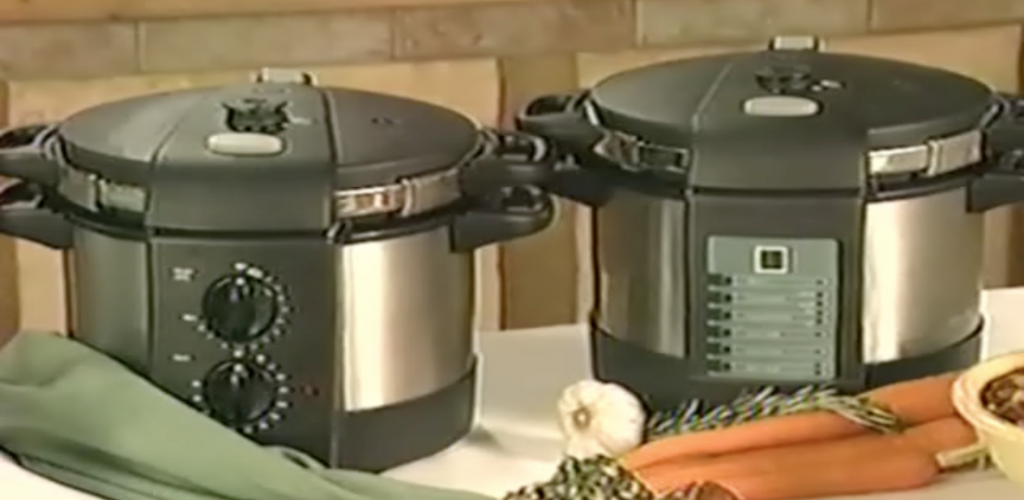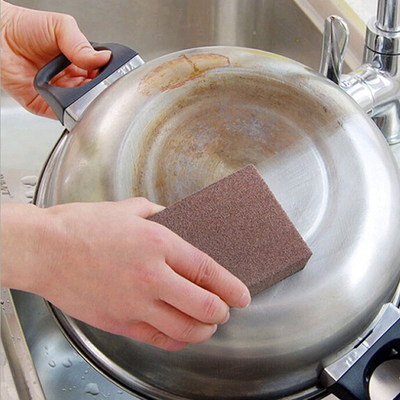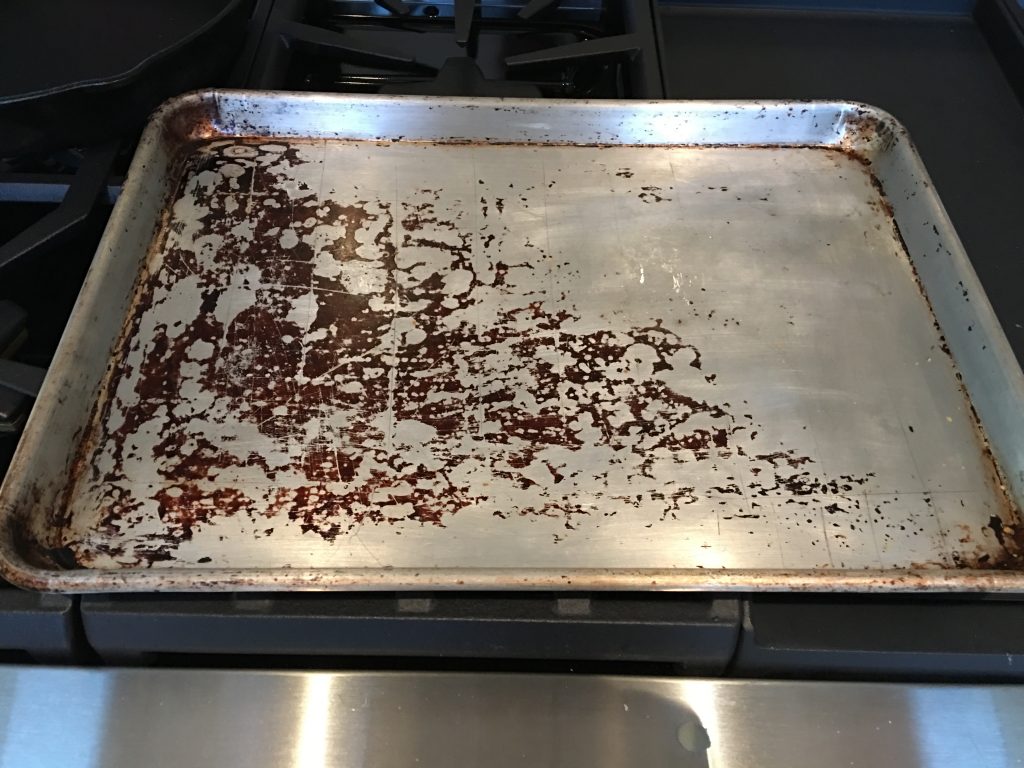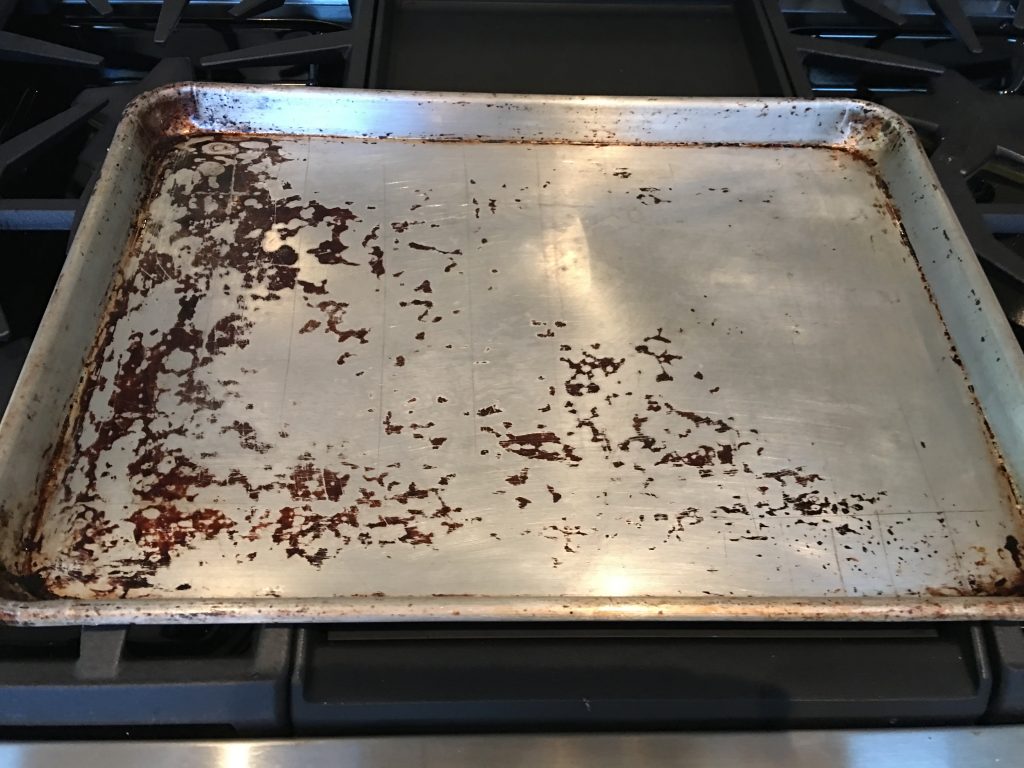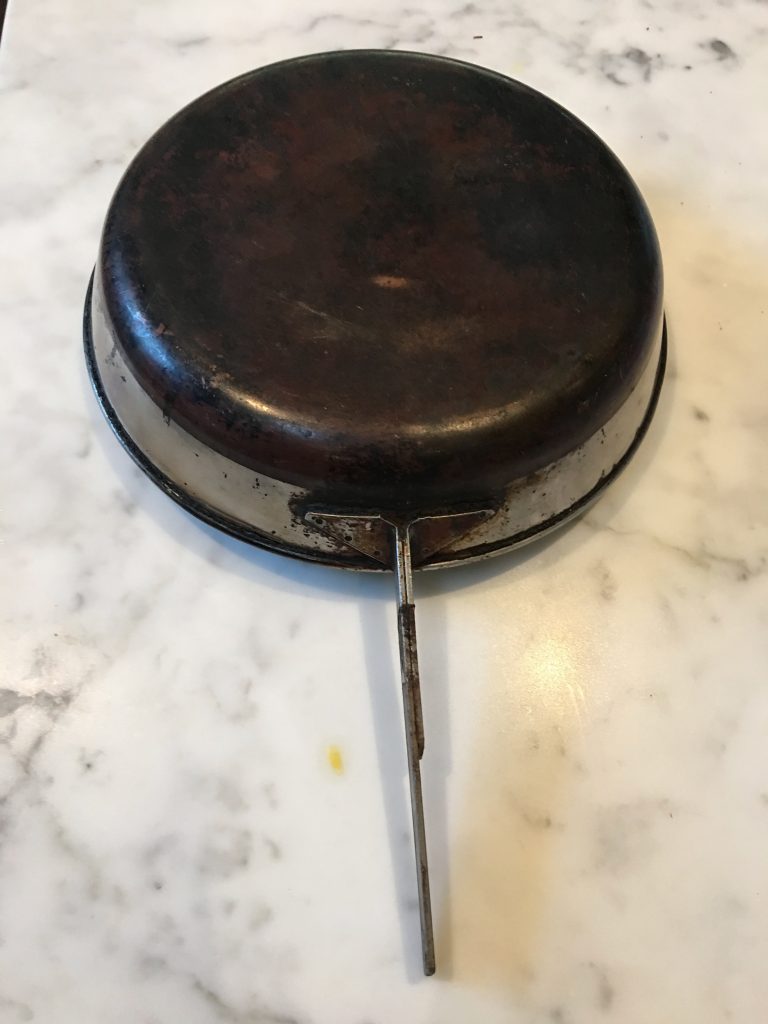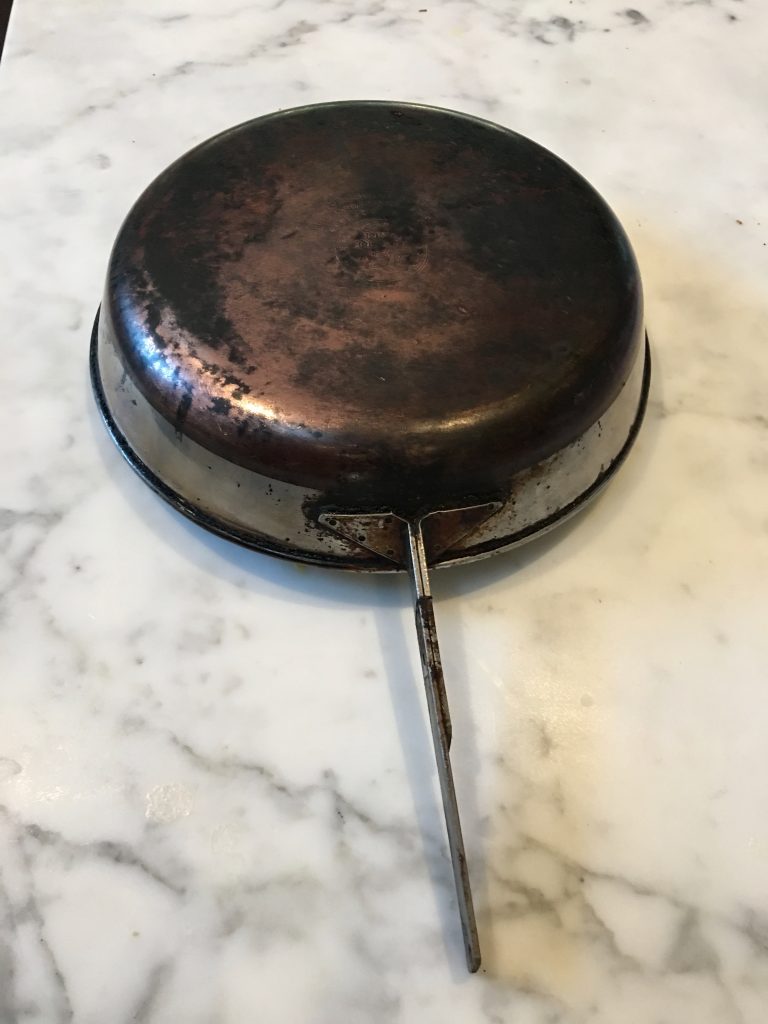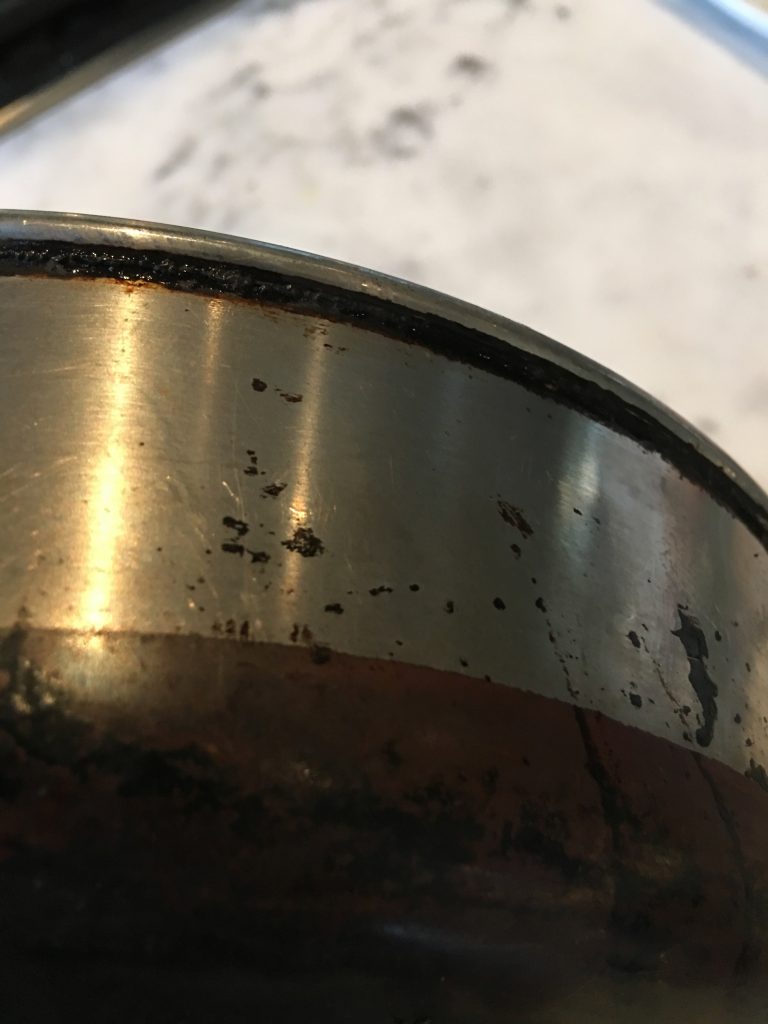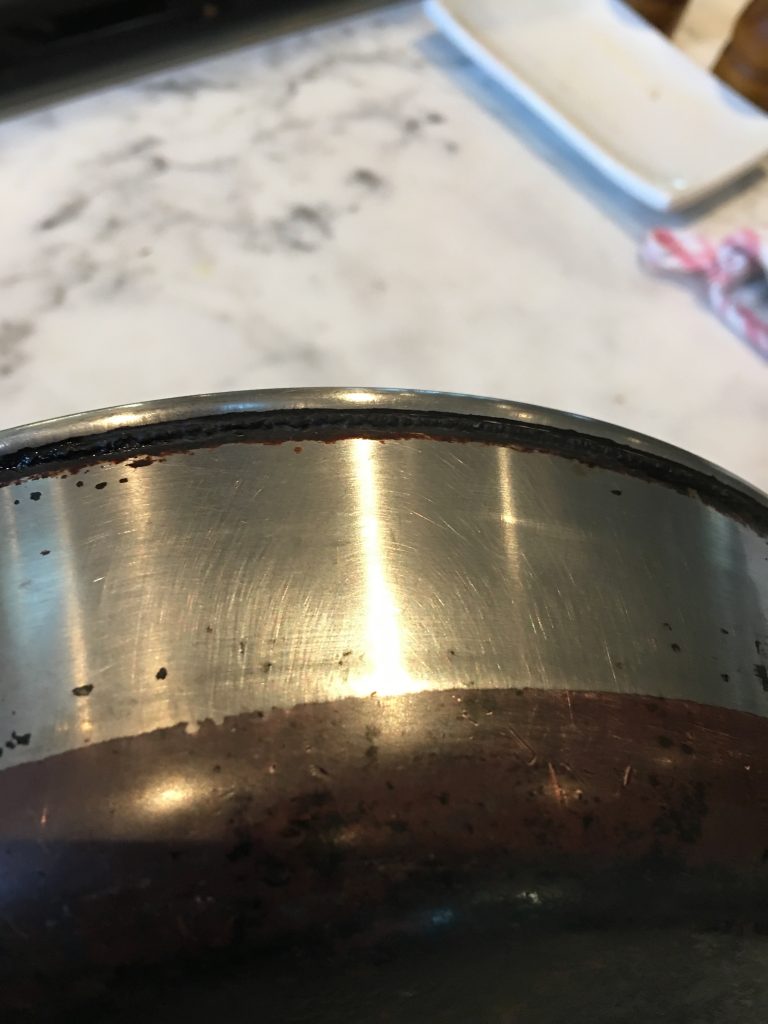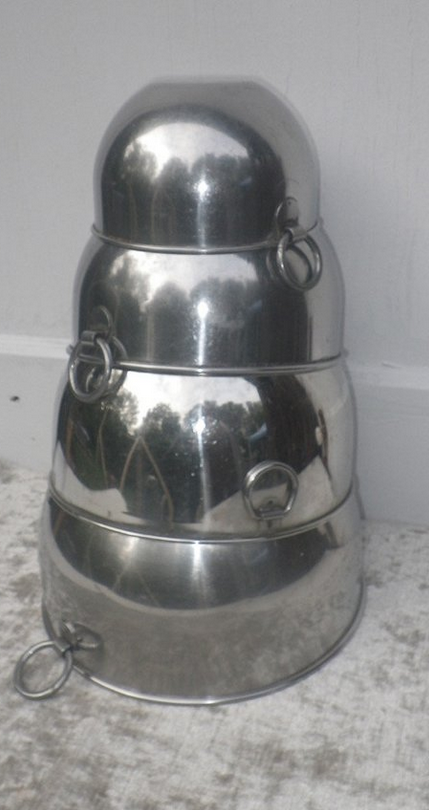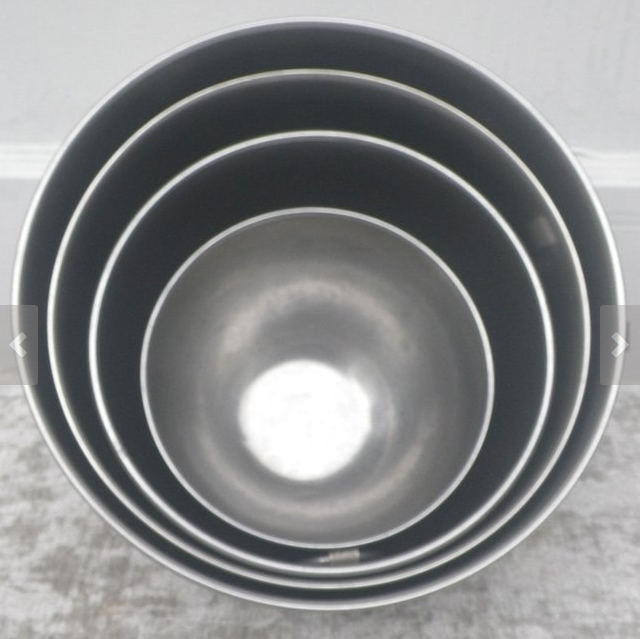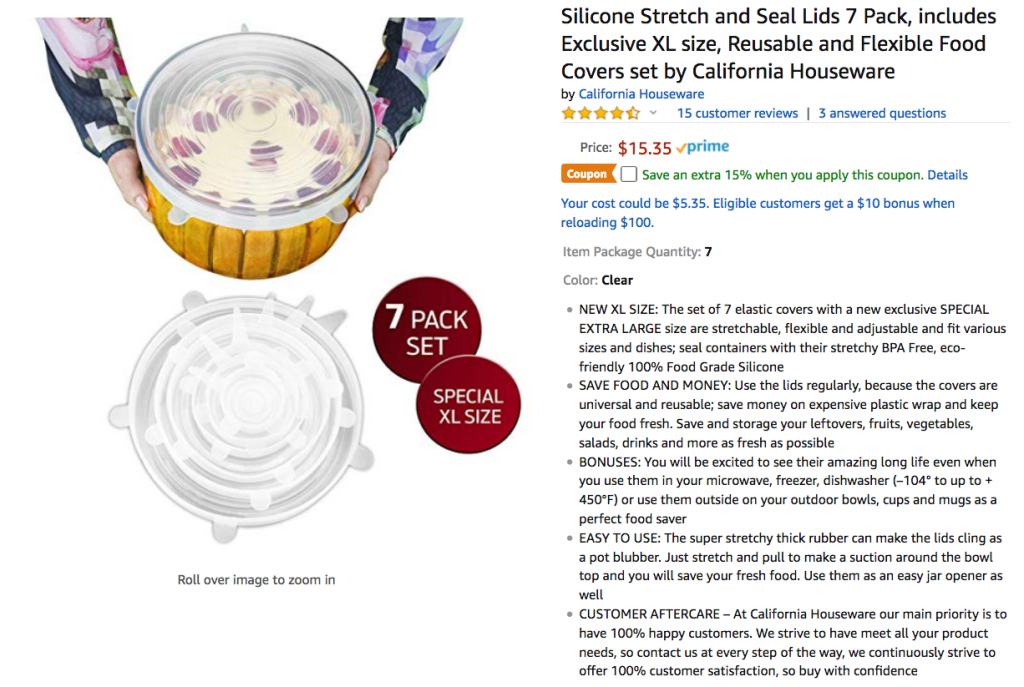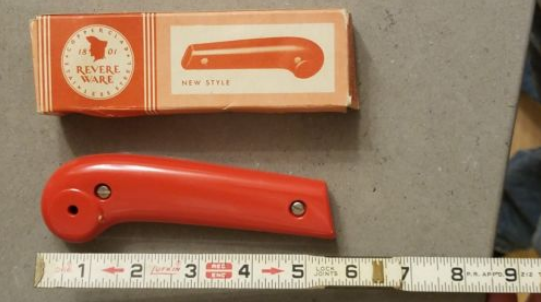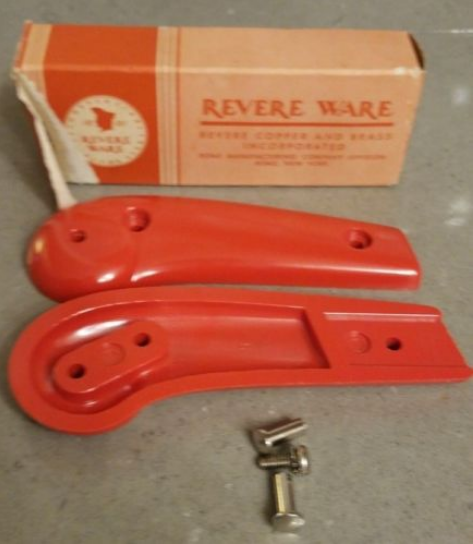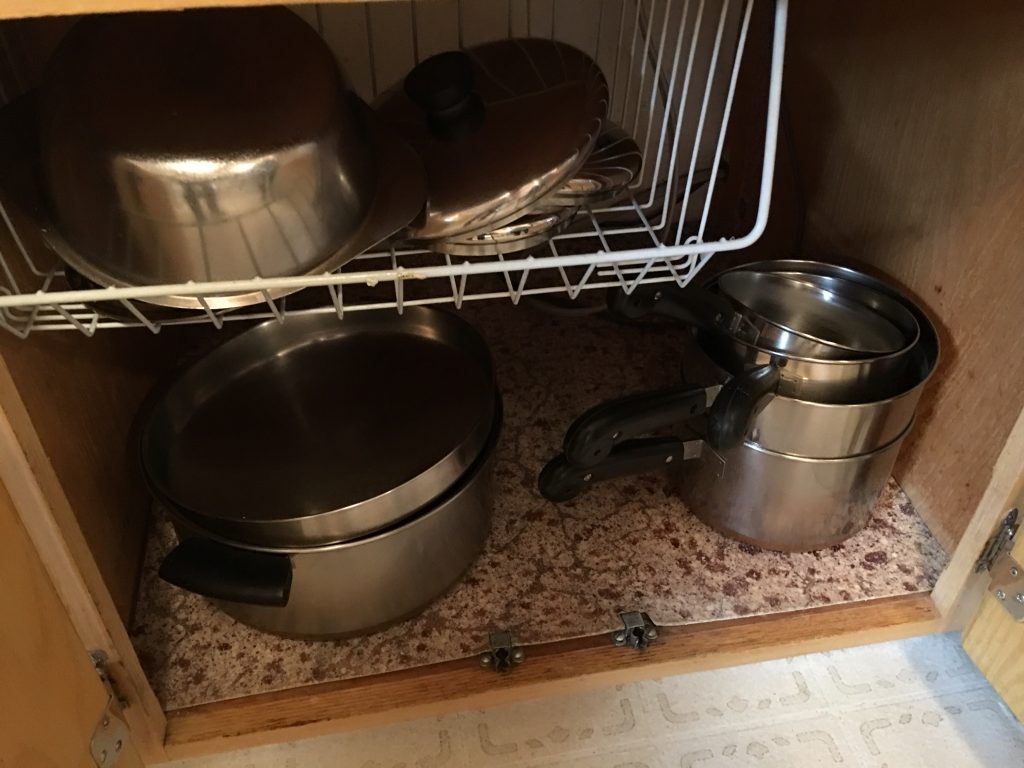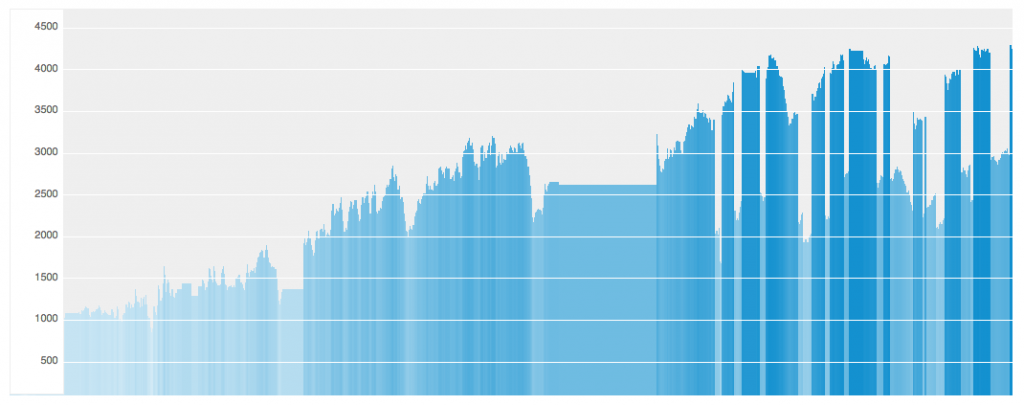
Our website provides a wealth of information for Revere Ware enthusiasts, and we also sell our parts through it. But operating a small-business eCommerce site continues to be more and more challenging.
For starters, it costs the customer more because of shipping. With many retailers offering free shipping these days (most notably Amazon.com) customers sometimes are outraged that we charge around $4.50 per order to ship, which can look pretty unreasonable if you order a part that costs $4.00. But the economics are such that, if we charge $4.50 for shipping (the bulk of which goes to the USPS and a little goes against our fulfillment service) we actually lose money on shipping; on average, it costs us $6-$7 to fulfill an order.
When we first started out, and most of our sales were through our website, it was less, and the shipping charges roughly offset the fulfillment cost. But as more of our sales moved to Amazon.com, and our volume through our website dropped, the fixed part of our fulfillment service started to drive the cost per shipment up. The fixed cost is what they charge just to have the service, hold the inventory, etc. With high volumes, this is very little per order, but as the volume drops, it starts to be a significant cost for each order.
Our sales are shifting away from our own website to Amazon.com for a couple of reasons. The first, of course is that people enjoy the convenience of buying from Amazon – the 1-click ordering (not having to enter all that information) and the free shipping are great. The second is, given the alternative, some people have a lack of trust for a website they don’t know from Adam. Lastly, we discovered last year that Amazon.com actually advertises using Google Adwords to capture the business that might actually have been destined for our website. Yes, they compete with us to drive our sales to their website, even though it is us selling in both places.
But there are a lot of good reasons for us to continue to sell through our own website. The first is insured availability. Amazon.com Marketplace is pretty one-sided against the merchant. Often times, Amazon.com will suspend one of our listings because of high return rates. This happens because, as a third party selling on Amazon.com Marketplace, we have no ability to set rules about returns; people often buy our parts, without bothering to read the description, and then return them when they don’t fit, providing some lame excuse that makes it seem like the part is defective, so they don’t have to pay a return shipping fee. This makes it looks like we have an abnormally high return rate at times, which causes Amazon.com to periodically suspend a part listing here and there.
Second, Amazon.com can for no good reason suspend a sellers account, and often does according to this article. If that were to happen to us, at this point, the economics of our business (we work hard to provide parts you can’t get anywhere else, because we care, and make a little money off of it) would be hard to justify. If we didn’t continue to sell through our own website, it would make no sense at all, and our parts would likely no longer be available.
Third, we have much less control over the content of our listings on Amazon.com, and our interactions with customers, than on our own website. The listings are not considered our own, and it often takes some finagling to change the content, because someone occasionally resells a part they purchased from us through our listing on Amazon.com. And, despite the fact that our own website has a wealth of information on dealing with issues with our parts when they occur, we can’t direct people there or risk having our seller account suspended.
There is a large movement in the US right now to buy local, in response to the difficulties that online shopping presents to local businesses. In my own town, there is an 11% vacancy rate in our main shopping district, where 10 or 20 years ago 1-2% was typical. The move to buy local is to support small local businesses that are valuable to the community in more ways than just what you buy there; they provide jobs and help support the local tax base among other things.
Similarly, in light of the increased dominance of eCommerce by just a few large platforms, perhaps there needs to be a similar movement to support small business websites like ours. I believe businesses like ours provide something valuable that just wouldn’t exist if everything was dominated by Amazon.com and the likes. Yes, it cost more to buy through our site, but it makes more sense if you purchase multiple items, and consider that when you do buy from us, you are supporting something worthwhile.
So yes, by all means, buy local, and, when you do shop online, buy from small business websites.
